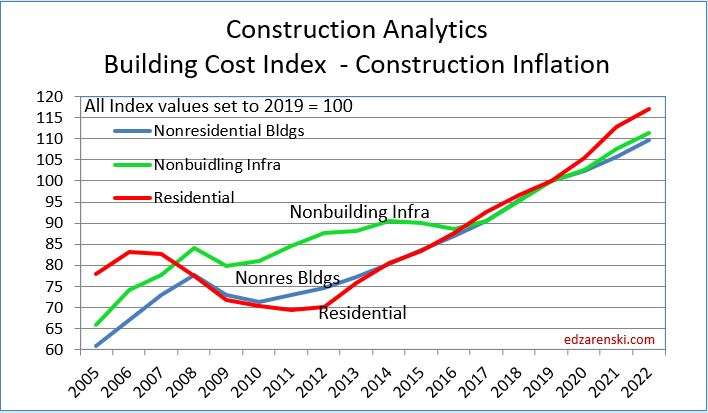The question on everyone’s mind, especially those planning construction projects, is whether building materials prices will recede in 2021 after the unprecedented surge witnessed in 2020 and early 2021. Several factors have contributed to this price volatility, creating a complex and uncertain market. These include supply chain disruptions caused by the COVID-19 pandemic, increased demand from both new construction and home renovation projects, and even unexpected events like the Texas freeze impacting petrochemical production, a crucial element in many building materials. Understanding these forces is vital to forecasting the future trajectory of building materials prices.
Factors Influencing Building Material Costs
Supply Chain Disruptions
- Manufacturing Slowdowns: Factories globally faced shutdowns and reduced capacity due to COVID-19 outbreaks and safety protocols.
- Shipping Delays: Port congestion and container shortages led to significant delays in transporting raw materials and finished products.
- Labor Shortages: Reduced workforce availability further hampered production and logistics.
Increased Demand
- New Construction Boom: Low interest rates and a shift in housing preferences fueled a surge in new home construction.
- Home Renovation Surge: People spending more time at home led to increased investment in home improvements and renovations.
- Government Stimulus: Infrastructure projects and other government spending further amplified demand for building materials.
Unforeseen Events
- Texas Freeze: The severe winter storm in Texas disrupted petrochemical production, impacting the availability of plastics and other materials derived from petrochemicals.
Expert Opinions and Predictions
While no one possesses a crystal ball, industry analysts and economists offer various perspectives. Some believe that as supply chains gradually normalize and manufacturing capacity increases, prices will eventually stabilize and potentially decrease. Others suggest that elevated demand, coupled with ongoing logistical challenges, will keep prices high for the foreseeable future. The truth likely lies somewhere in between, with specific material prices fluctuating based on individual supply and demand dynamics. Predicting the exact timing and magnitude of any price declines remains a challenge. One thing is for sure, careful planning and proactive sourcing are crucial for navigating this volatile market.
Potential Scenarios for the Future
To better understand the possible outcomes, let’s consider a few potential scenarios:
| Scenario | Description | Impact on Building Material Prices |
|---|---|---|
| Rapid Supply Chain Recovery | Global supply chains return to pre-pandemic efficiency levels. | Prices likely to decrease significantly. |
| Continued High Demand | Construction activity remains robust due to sustained low interest rates and government spending. | Prices likely to remain elevated, with limited downward pressure. |
| Balanced Supply and Demand | Supply chains gradually improve while demand moderates slightly. | Prices likely to stabilize at a higher level than pre-pandemic but lower than peak levels in 2020/2021. |
Ultimately, forecasting the future is an inexact science. However, understanding the underlying factors influencing building material costs allows for more informed decision-making. We can monitor key indicators, such as manufacturing output, shipping rates, and housing starts, to gauge the direction of the market. As we move further into 2021, keeping a close eye on these trends will be essential. The future of building materials prices depends heavily on how these factors play out.







